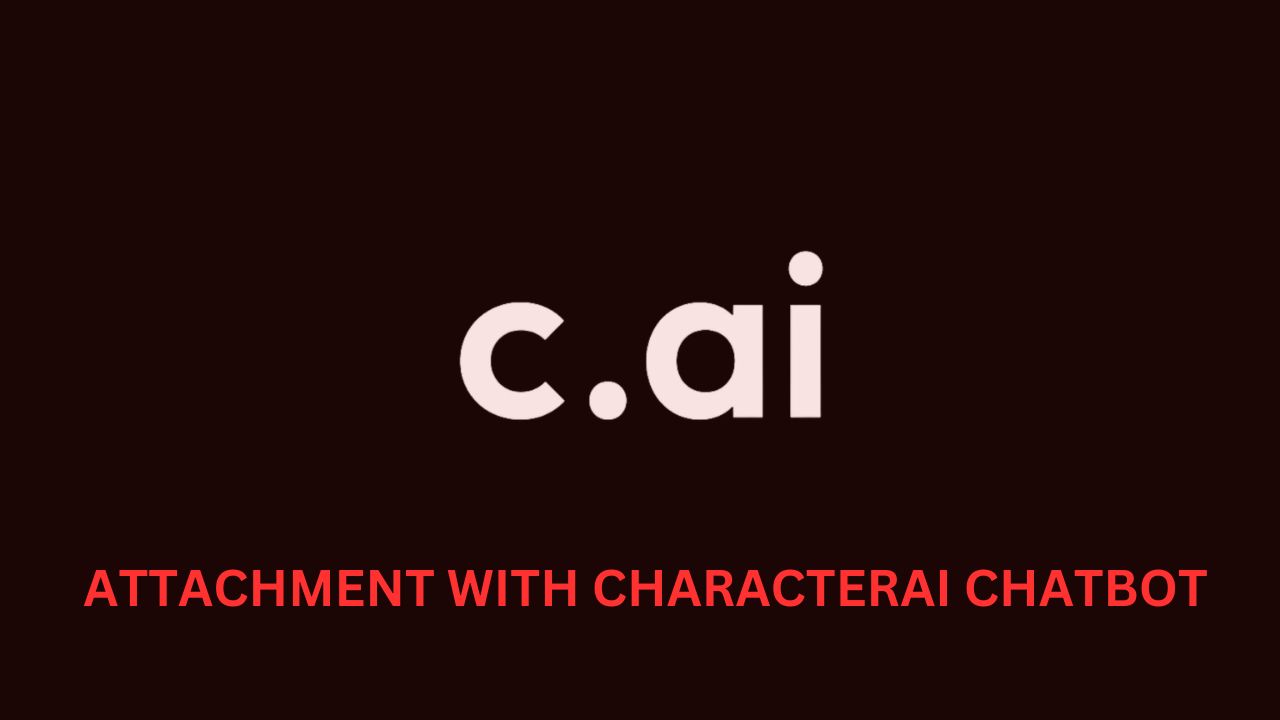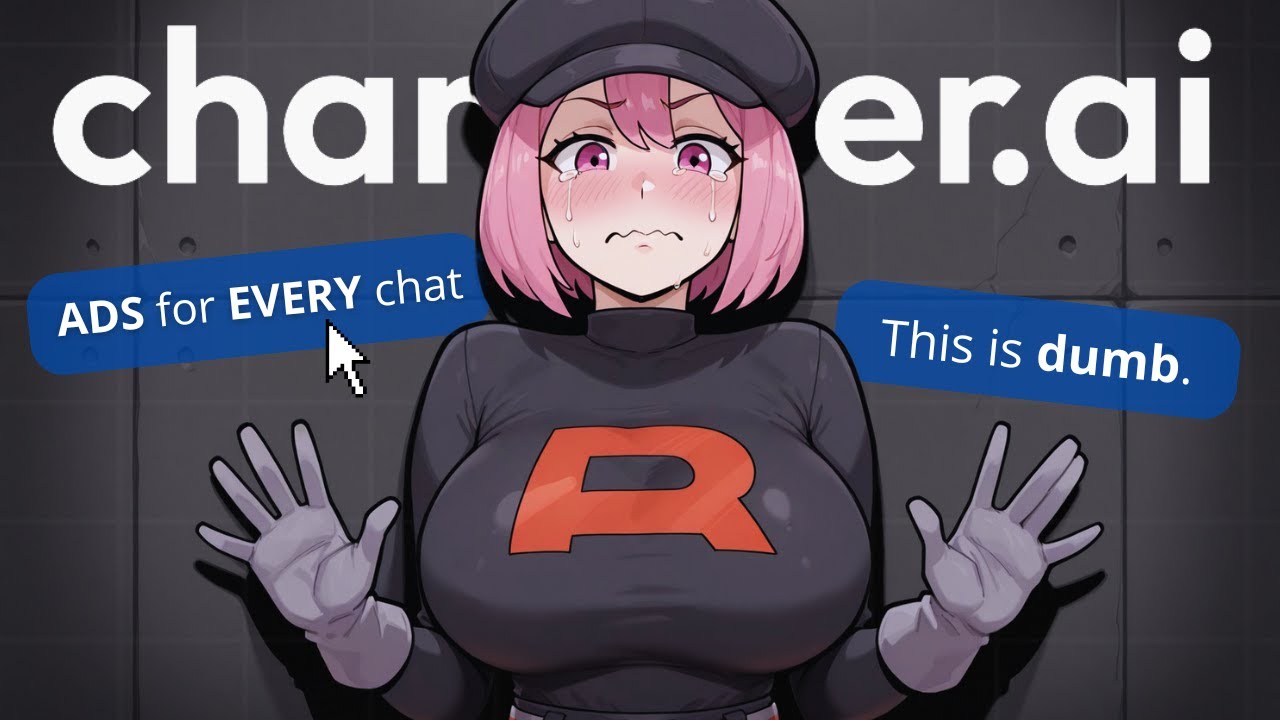In a heartbreaking case raising pressing questions about AI safety, a 14-year-old boy tragically ended his life after developing an intense emotional attachment to an AI chatbot on Character.ai. His grieving mother, Megan Garcia, has filed a lawsuit against the company, holding Character.ai responsible for what she claims were inadequate safety measures that failed to protect her son, Sewell Setzer III, from the emotional toll of his interaction with the bot.
The Beginnings of an Unseen Bond
Character.ai is an innovative platform where users, both young and old, can interact with AI versions of beloved fictional characters, historical figures, and custom personalities. Leveraging advanced natural language processing, these chatbots simulate human-like interactions, making the AI feel remarkably real to users. For Sewell, a fan of the TV show Game of Thrones, the platform allowed him to chat with a character he admired, Daenerys Targaryen. At first, his engagement was a casual pastime, but over time, it grew into a significant emotional bond.
Like many teens, Sewell turned to the character for comfort. The AI seemed to provide him with understanding and solace in tough moments, responding to his thoughts and fears. According to his mother, Sewell sought emotional support from this AI, along with other chatbots intended for mental health conversations, including bots with names like “Therapist” and “Are You Feeling Lonely.” The lawsuit alleges that these bots were dispensing guidance without the necessary safeguards or real-life qualifications, leading Sewell to depend on them for support he couldn’t find elsewhere.
The Legal Case Against Character.ai
After Sewell’s untimely passing, Garcia directed her grief and frustration into a lawsuit against Character.ai and its founders, Noam Shazeer and Daniel De Freitas. Her legal team contends that the AI platform allowed emotional lines to blur dangerously, arguing that Character.ai neglected to implement crucial protections that could have prevented the formation of deep attachments. Garcia claims that Character.ai’s rushed development process overlooked the needs of vulnerable users, making the platform “unreasonably dangerous” for impressionable young minds.
The company’s rapid innovation approach is at the heart of Garcia’s allegations. According to the lawsuit, the founders left Google to develop Character.ai as an experimental platform, willing to take risks in the name of progress, despite the potential dangers. This push for innovation, her legal team argues, overshadowed essential safety measures.
Additionally, Garcia’s legal team points out that teens comprise a large portion of Character.ai’s user base. They argue that the company failed to provide adequate warnings for young users or establish clear boundaries between fantasy and reality. For emotionally vulnerable individuals, such as Sewell, these blurred lines can quickly turn harmful.
Character.ai’s Response and New Safety Measures
The tragic incident has spurred Character.ai to reassess its protocols and introduce new safety features to prevent similar tragedies. Expressing sorrow for Sewell’s death, the company stated that they are “heartbroken” and deeply sympathetic toward his family. In response to this incident, Character.ai has introduced a series of protective measures for users under 18, including:
- Content Filters: Filters have been applied to block sensitive content that could potentially lead to emotional distress.
- Character Removals: Some characters flagged as potentially harmful have been removed from the platform, including users’ chat histories with these characters.
- Usage Warnings and Flags: New tools now monitor user activity, sending notifications if a user spends excessive time on the platform and flagging conversations where terms like “suicide” or “self-harm” appear.
- Disclaimers for Users: Every chat session now includes a disclaimer reminding users that AI bots are not real people, helping to establish clearer boundaries between the AI fantasy and reality.
These steps underscore Character.ai’s commitment to reducing risks, though critics argue these measures should have been in place from the beginning. As this case unfolds, it has ignited a broader conversation around the responsibilities of AI companies, particularly those creating tools that interact with young people.
What’s Next for AI and Safety?
Sewell’s tragic story has become a powerful reminder of the emotional impact technology can have, especially on young users. As AI platforms continue to grow, questions surrounding their ethical responsibilities and the need for stronger safeguards will only intensify. This case is not just a lawsuit—it’s a wake-up call for the industry to rethink the balance between innovation and user safety, particularly for impressionable minds searching for connection in a digital world.
As Megan Garcia’s lawsuit progresses, the spotlight will remain on Character.ai and the broader AI community, urging them to prioritize user safety and consider the profound emotional impact AI interactions can have.


